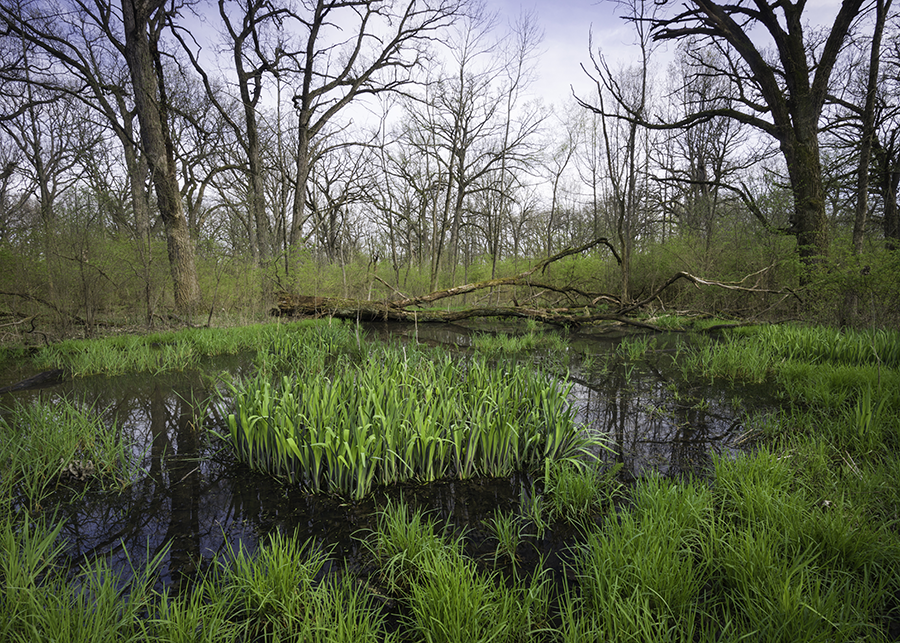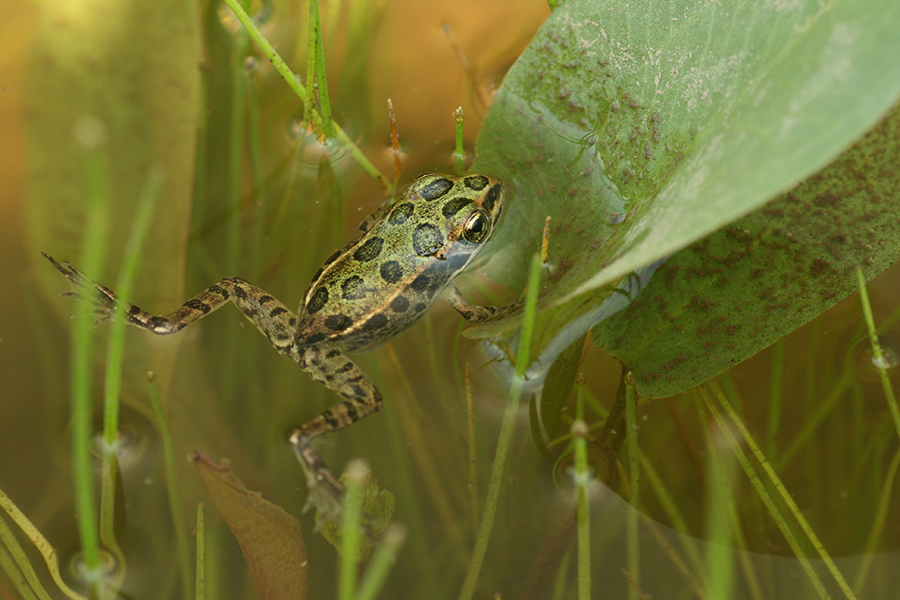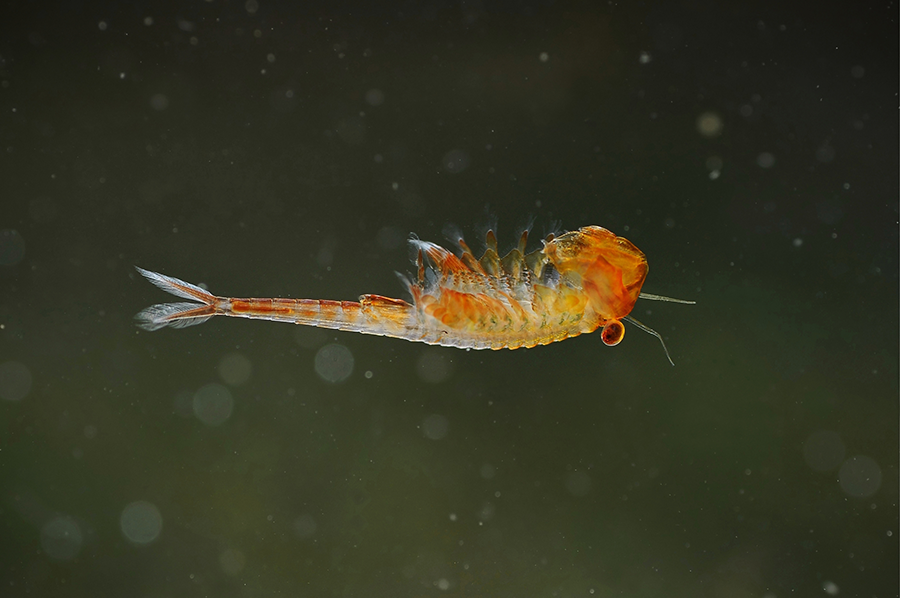Understanding Vernal Pools
How a temporary ecosystem sustains life
Each year about this time, spring rain and snow melt fill up seasonal or vernal pools. These pools provide a unique habitat for many salamanders, frogs, crustaceans and insects to mate and lay their eggs. Although most of these pools will be dried up and gone by mid-summer, their protected waters and the surrounding forests are hotspots of activity right now.

What are Vernal Pools?
Vernal pools are intricate and delicate ecosystems where all of the activity happens within a few months every year. While many factors, such as size, shape, habitat and water sources vary between pools, they all share two distinct characteristics: they do not permanently hold water and they have no fish. Vernal pools can be found in a variety of places from forested uplands and rich stream valleys to open agricultural fields and residential areas.
The Threat to Vernal Pools
Development is the major threat to vernal pools. Often these temporary pools are unknowingly destroyed in the construction process. Other threats include: invasive species, pollution from runoff, mosquito control, destruction of surrounding habitat and lack of community interest in or knowledge of the pool.
However, these specialized wetlands provide many benefits to the environment and the species that need them to fulfill the life cycle. Vernal pools improve water quality, hold flood waters and provide habitat for hundreds of species of amphibians, migratory birds, and macroinvertebrates.
Species That Rely on Vernal Pools
Many species of amphibians and invertebrates rely on vernal pools for reproduction and development of their young. Animals that depend on seasonal pools are adapted for both aquatic and terrestrial habitats at different life stages. As spring turns to summer, water evaporates and the pool gradually shrinks in size until it disappears. The larvae must transform into terrestrial adults before the pool dries up.

These species included:
Frogs and toads
- bullfrog
- green frog
- northern leopard frog
- wood frog
- spring peeper
- gray tree frog
Salamanders
- eastern red-spotted newt
- spotted salamander
- Jefferson salamander
- four-toed salamander
Vernal pools are also the only home of the fairy shrimp, a tiny freshwater crustacean. Fairy shrimp are about one inch long or smaller with 11 pairs of appendages they use for swimming, breathing and feeding. Fairy shrimp have a unique life cycle specifically adapted to vernal pools.

Each winter/spring when the pools fill up, the fairy shrimp hatch and grow to maturity in a couple weeks feeding on algae and plankton at which point it must reproduce. Before the vernal pool dries up again, the females produce eggs, called cysts. The cysts will survive the dry season and hatch when the rains come again the following year.